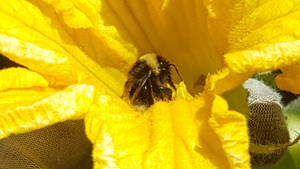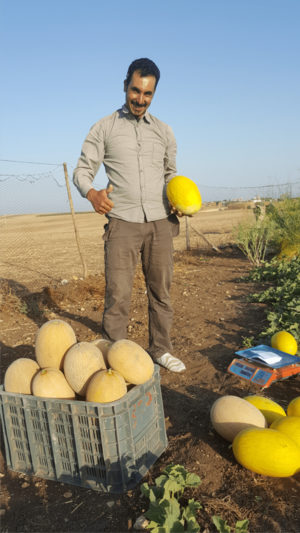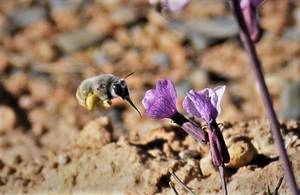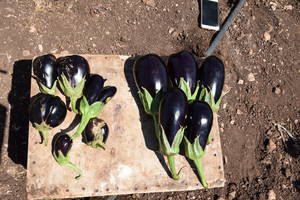Enhancing pollinator protection in the dry areas
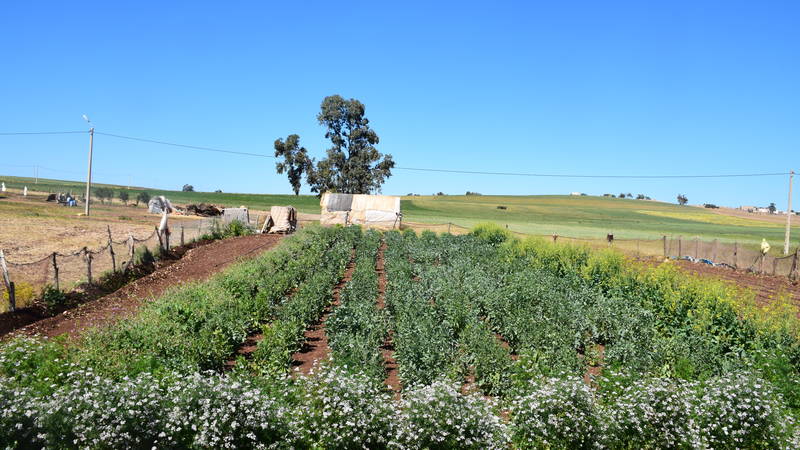
Pollinators are critical to global food production: more than 75 per cent of global food crops rely on animal pollination for yield and quality.
They also provide critical support for ecosystem services. One study estimated that the total economic value of pollination worldwide amounted to some €153 billion in 2005—9.5 percent of the total value of agricultural products produced for human consumption.
Despite their importance, however, the number and diversity of pollinators is declining. The International Union for Conservation of Nature (IUCN) Red List Assessment, for instance, estimates that 16.5 percent of vertebrate pollinators are threatened with global extinction—and this increases to 30 percent for island species. There are fears this could pose serious implications for human societies, including rapid interlinked poverty spirals and an increase in conflict.
Protecting pollinators and reversing their decline
There are multiple different factors driving this decline, including climate change, land use changes, a shift towards crop monoculture, an
increasing dependence on chemicals (insecticides and pesticides), and habitat fragmentation. This mismanagement reflects a common lack of knowledge regarding the importance of pollinators: since farmers do not recognize their true value they tend to pursue counter-productive priorities.
A critical means of protecting pollinators, then, is to enhance farmer knowledge and demonstrate how producers can benefit from protective measures—the core approach of a new innovative strategy, Farming with Alternative Pollinators (FAP).
Through the ICARDA-coordinated project ‘Conservation of pollinator diversity for enhanced climate change resilience’—funded by the German Ministry for the Environment, Nature Conservation and Nuclear Safety—researchers are assessing the impact of FAP and habitat enhancement on the abundance and diversity of insects and farmer incomes. They also recommend how pollinator protection can be mainstreamed through policies.
FAP allocates around 25 percent of every field for habitat enhancement. These strips, composed of marketable plants such as oil seeds, spices or food crops, attract a higher diversity of pollinators, enhance the productivity of the main crops, and attract natural enemies that reduce the abundance of pests—thereby also reducing the need for chemical interventions. In addition, the strips provide nesting support and water for the pollinators.
The economics of pollinator protection
Researchers compare FAP and control fields to monitor and understand the effects of pollinator protection on yields and crop quality. Recently showcased on Germany’s public international broadcaster, Deutsche Welle, this practical and cost-effective approach is already rewarding farmers during its first year of implementation, with many experiencing significant increases in their incomes.
The economic reward will be critical for FAP’s wider appeal. “It is vital that we demonstrate the economic benefits, because farms have to sustain families. We cannot appeal to good will and simply talk about the importance of environmental protection,” explains Stefanie Christmann, the ICARDA researcher who developed the FAP approach and is now leading its implementation in Morocco. “If farmers can see how FAP improves their yields and the quality of their crops, they are more likely to adopt this approach and promote it to their neighbors.”
In 2018, ICARDA organized on-farm trials in approximately 120 farmer fields across four agroecological zones in Morocco: mountainous, semiarid, oasis, and adequate rainfall/coastal areas. Mohamed Chokri, a farmer in Settat, was quick to adopt FAP after witnessing its benefits, and has already seen a return on his investment. “Our income has increased, and with that our lives have improved,” he commented. “We can also sell more. Previously we only sold wheat, vegetables, and pulses. Now I know we can grow different products, as well as other vegetables besides the traditional ones.”
Scaling-up the FAP approach
The approach has attracted the support of Moroccan officials, including the country’s Ministry of Agriculture and its extension service, the Office National du Conseil Agricole (ONCA). Malika El Hata, the national focal point for FAP at ONCA, sees the approach as a practical adaptation strategy for Morocco’s smallholder farmers, which is also consistent with national objectives: “I think FAP—and the inclusion of wild pollinators in agriculture—fits in perfectly with the Ministry’s current strategy. It involves making agriculture more intelligent in the face of climate change.”
Mrs El Hata is currently strengthening the capacities of ONCA trainers—so they can demonstrate the FAP approach to farmers through farmer field schools and other training events. Here, farmers can learn about the diversity of beneficial insects, the plants that pollinators are most attracted to, and which plants can be combined with which major crops. They also learn how to recognize nests and provide nesting support.
The project in Morocco develops a practical model for scaling pollinator protection in Low and Middle Income Countries. The project plans to extend the FAP approach to Algeria, Egypt, Jordan, Palestine, Tunisia, and Turkey. FAP is also being shared with the Coalition of the Willing on Pollinators—an international group of forerunner countries committed to pollinator protection. Morocco became the Coalition’s first Arab member in May 2019.

